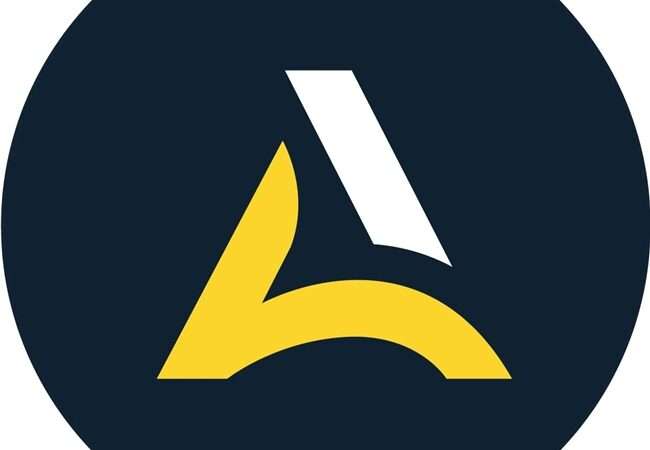New taper allowance opportunity to swap OEICs for pension top-ups
If Paula reconsiders her pension contributions and her OEIC position, she could get a head start on any market recovery when it comes.
The case
Paula is a UK resident and a senior executive at a large multinational firm. She has been subject to the tapered annual allowance since its inception in 2016/17. Her total income year-on-year has been £240,000 and her employer has been paying £10,000 into her group personal pension each year, so she has no available carry forward.
Last year, she self-invested £20,000 into an ISA and £40,000 in an open-ended investment company (OEIC). The values of these now are £12,000 and £24,000 respectively – a 40% drop due to market turbulence.
Paula saw that there were changes to the tapered annual allowance and did not think these affected her, but she has decided to visit a financial adviser to get advice on the best course of action.
The prescription
The FTSE 100 was at 7,585 on 24 January 2020 and almost three months later, on 20 April, it was down at 5,812, a 23.37% drop. Nobody can predict the future, but history tells us that investments go up and down.
Assuming that markets will recover further, investing in a pension could generate a 25% boost on savings, when pension tax relief is granted at basic rate. Changes to the tapered annual allowance may massively increase the benefits too.
During their fact-find meeting, Paula’s financial adviser in Leeds spots a good opportunity. Thanks to the £90,000 increase in the threshold and adjusted income limits for the tapered annual allowance, Paula is no longer fully tapered. She has not triggered the money purchase annual allowance, so with adjusted income of £250,000 (her employer contribution is added to her salary), she has a £35,000 annual allowance.
This means there is scope for further pension contributions within the annual allowance, with marginal rate relief at 45%. Paula’s adviser works out that if she encashes the OEIC, she will have £24,000 cash. Paying that to a relief at source pension will mean that, after tax relief, £30,000 is invested in a pension.
With £40,000 of total pension contributions for the year, it appears that she will be contributing above her tapered annual allowance. As the extra contribution is a personal one, however, we can take that away in Paula’s threshold income calculation. It is now £210,000, meaning the taper does not apply this tax year.
Paula now has an investment with a 25% boost that will be invested in a fund that meets her risk and diversification needs. This will provide a higher investment value, regardless of which way the markets move. She has also increased the funding of her retirement income. If it maintains its £30,000 value and is taken out, she would get £25,500 if she were a basic rate taxpayer or £21,000 if she were a higher rate taxpayer (after 25% tax free cash is factored in).
She also has a loss from the OEIC that can be carried forward indefinitely against future capital gains tax events, assuming she has no other capital gains this year. As a cherry on top, Paula also gets £7,500 back from HM Revenue & Customs via her tax return.
While this example focuses on an OEIC and tapered annual allowance issues, the use of tax relief can be applied in most clients’ cases. In present market conditions, a 25% boost from investing in a pension is indeed an attractive option.






